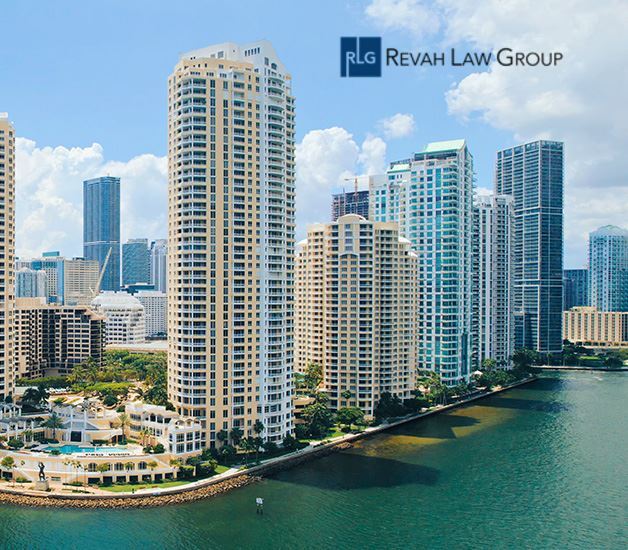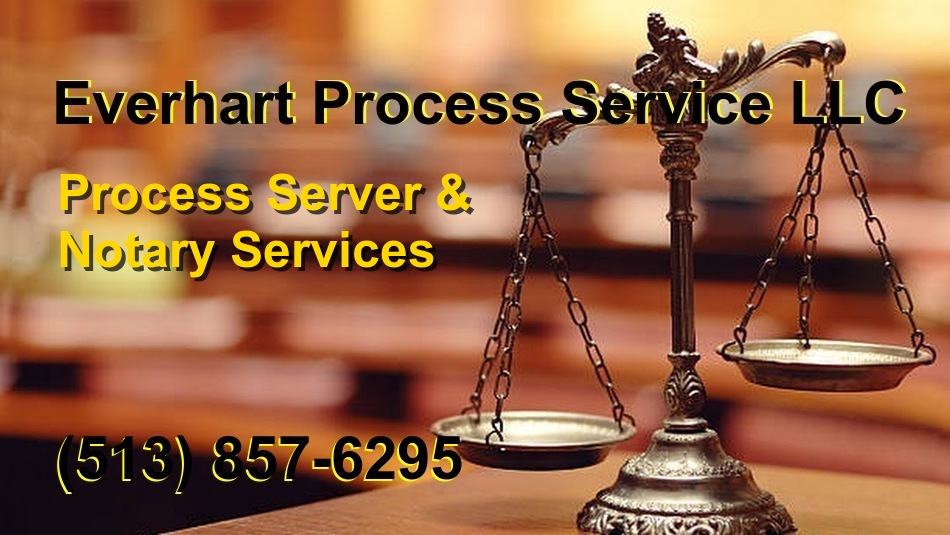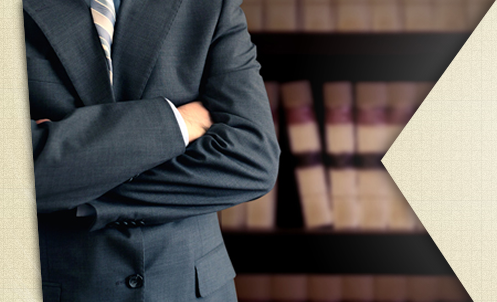Finding a Perfect Tenant
Finding a Perfect Tenant
We are all looking for that neat and responsible tenant who will respect the property, keep it clean and pay bills in time. And it’s not always easy to judge reliability from a brief meeting and a pile of paperwork. At NationalEvictions.com, we’ve put together a few pointers that will help you find that perfect tenant and highlight the possibilities for a compromise if the search is taking too long.
Start with your property
The condition of your property will ultimately affect what kind of tenants it will attract. You can’t do anything about the location, but keeping the property clean, updated and well-maintained is in your hands. Outdated appliances, dirty walls and untidy bathroom may scare away your potential tenants, especially if the price is high.
Rethink the layout and possibly knock down a few walls to make a bigger bathroom or add a walk-in closet. Provide the top amenities your tenants want, and you’ll have plenty of candidates to choose from. If you don’t want to mess with the renovations, just keep the property clean: a fresh coat of paint, a scented candle and clean sunny windows can make a big difference. Remember, first impressions matter!
 DOWNLOAD FORMS YOU WILL NEED FOR THE EVICTION IN YOUR STATE
DOWNLOAD FORMS YOU WILL NEED FOR THE EVICTION IN YOUR STATE
Find all the Legal Forms for Landlord Tenant / Evictions / and other forms for your business, Search on your State Eviction Process
Screen your tenants
As Property Managers Ourselves, we advice you not to let an unscreened tenant move into your rental, no matter how desperate you might be to close the deal. Even if the person was recommended by your friend, take the time to conduct at least minimal screening. Here are some things you might want to check:
Attitude and behavior. Take mental notes when you first meet a potential tenant. Did they make an effort to dress nicely? Are they kind and polite? What kind of car do they drive and is it clean? Of course, you can’t judge people by these characteristics alone, but they should help you paint a bigger picture.
References from previous landlords. Do verify the reference by calling the former landlord, as it’s easy to forge a reference letter or have a relative write it. It’s also a good idea to ask how much the tenant was paying in rent at his former place.
Employment status. Your tenant should be employed, preferably for some time. You can request recent pay stubs and even talk to the employer to get more insights.
Credit history. Request a credit report on your potential tenant. Look for any open collections, late payments, bankruptcy and overall credit score. The report itself might cost you, but it’s better to be safe than sorry.
Criminal and eviction records. Find out if your tenant has had problems with the law in the past or is currently a part of an investigation or a litigation. You probably might want to reject someone who’s been arrested for public disturbance multiple times.
Social life. With social networks playing an important role in many people’s lives, almost everyone has a digital footprint. Search an applicant’s name in the search engines and look over their social profiles and other publicly available information. This will give you a better idea about their personality and lifestyle. Google them, Check other Social Media for the names on the application. Do Your Homework as a Manager!
Besides conducting a thorough background check, also let your potential tenant tell their story. Find out why they are moving, what they do for fun, and see if everything they say matches the reports you’ve obtained.
Learn to compromise
It’s unlikely that you find a tenant that has everything you are looking for. Being picky is good, but don’t bluntly reject applicants based on certain things you uncover during the background check. Remember, every month your property stays unoccupied, you are not just failing to make profit, but possibly losing money as well.
Instead of focusing on separate accounts of “irresponsible behavior” on the part of your potential tenants, look at the bigger picture:
- Everyone makes mistakes, and a criminal charge or an unpaid debt from back in the days doesn’t define a person. Focus on the past five years instead of considering someone’s entire history.
- When screening couples, look at the combined income if low individual income is the only issue and everything else checks out.
- Appreciate the honesty when someone tells you upfront about their bad credit or other issues. This means they understand the consequences of the bad decisions they made in the past and want to mend things.
A bad tenant can be a disaster to your rental property business. If you have multiple properties and consistently struggle to sort through dozens of undesirable applicants to find that perfect one, let us know and we’ll take that burden off of your shoulders.
Learn more about Tenants, Landlords and Property Management and Evictions on our website: https://NationalEvictions.com
Tags: Eviction Information, Landlord Information, Tenant Screening




 We have seen some Notices that were defective Landlords when giving the Tenant a Notice to Quit or Other Notices there are times set for each notice.
We have seen some Notices that were defective Landlords when giving the Tenant a Notice to Quit or Other Notices there are times set for each notice. 
 Professional tenants are a landlord’s worst nightmare, the ones you read about in the newspaper. These individuals are notorious for cheating the system and using loopholes, leaving landlord’s with lost rental income, a damaged property, and a huge headache. They will complain about the smallest of messes and become the largest hassles.
Professional tenants are a landlord’s worst nightmare, the ones you read about in the newspaper. These individuals are notorious for cheating the system and using loopholes, leaving landlord’s with lost rental income, a damaged property, and a huge headache. They will complain about the smallest of messes and become the largest hassles.









